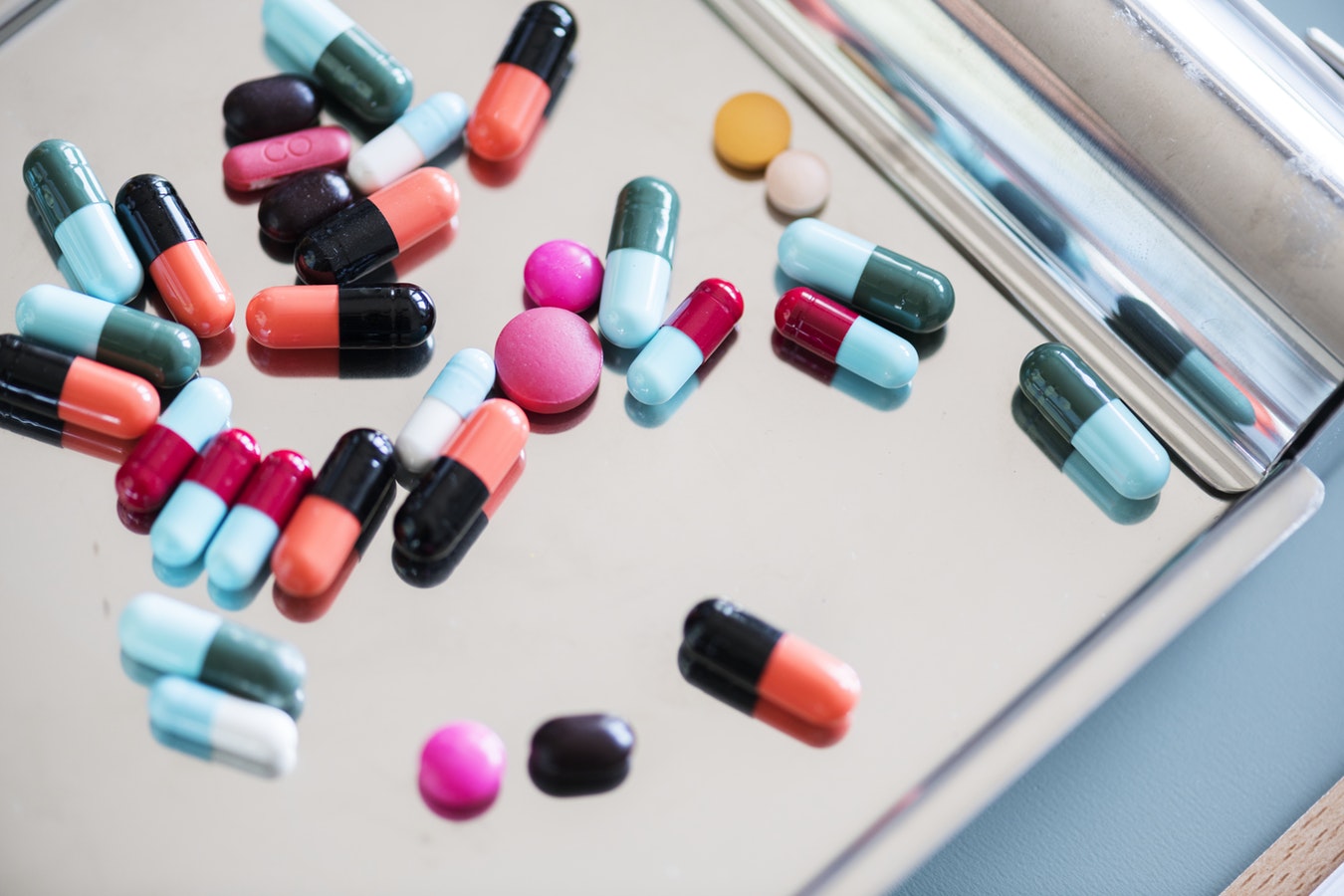
Drug addiction, more formally known as substance abuse disorder, is a serious problem that may cause physical and behavioral changes and can lead to an inability to control the use of a drug, whether it is a legal drug or an illegal substance. People who are grappling with addiction often deny that they have a problem and an intervention by family, friends, or coworkers, often in conjunction with a professional counselor, may be required to persuade the person to seek treatment. Canadian Addiction Rehab is an especially positive choice, as it seems to garner the best results.
There are different treatment options from which to choose, depending on the individual needs of a patient, as well as the type of drug he or she is using. Because addiction is considered to be a chronic disease that is often characterized by relapses, a combination of therapies is usually the best approach, and recovery should be considered a long-term process requiring ongoing support.
Treatment programs are basically of two types: inpatient and outpatient. As the name implies, during inpatient treatment, patients reside in a facility where they receive ongoing medical and therapeutic support on a daily basis. This type of program may be preferable for those who are struggling with chronic addiction or who have a concurrent mental condition.
Outpatient programs allow the patient to live at home while receiving ongoing therapy during the week. In an outpatient setting, a person can continue with the usual daily activities, but may be exposed to “triggers” that endanger sobriety, so this type of program may be best suited for those with mild addictions who are also firmly committed to recovery. Additionally, exploring another option such as luxury rehab centers could provide comprehensive support and care for overcoming drug addiction.
The best programs offer a combination of therapies and social services to meet each client’s individual needs. Drug treatment programs may offer behavioral therapy, appropriate medications, or a combination of the two. The aim of behavioral therapy is to help the person change his or her attitudes and behaviors related to drugs, improve life skills, and help to maintain sobriety long-term. Behavioral therapy may be offered in a one-on-one setting, group therapy, or a combination of the two. Group settings offer social support and can help alleviate the feelings of shame and isolation that often accompany addiction. Family therapy may also be an important component of treatment, especially if the patient is an adolescent. Many programs make use of the 12-step program effectively.
In some cases, medications may be efficacious in restoring normal brain function and decreasing cravings. There are medications that can be used in opioid, tobacco, and alcohol addictions, and researchers are working on developing effective medications to help with stimulant addictions, e.g., methamphetamine and cocaine, and marijuana addiction. It is very common for people with addictions to be abusing more than one drug, and those individuals need treatment for all of the substances they use. Because behavioral therapy and drug therapy address different aspects of addiction, a combination of the two generally appears to be more effective than either one alone.
The goal of treatment is to help the person become drug-free, maintain sobriety, and become a productive member of society. Successful treatment employs several steps:
1) Detoxification
2) Behavioral counseling
3) Medication, if appropriate
4) Evaluation for and treatment of any concurrent mental conditions, such as anxiety and/or depression
5) Long-term support to prevent relapse
6) Modification of treatment if necessary.
Recovery from addiction is challenging, but with the support of an effective program, it can be done!








